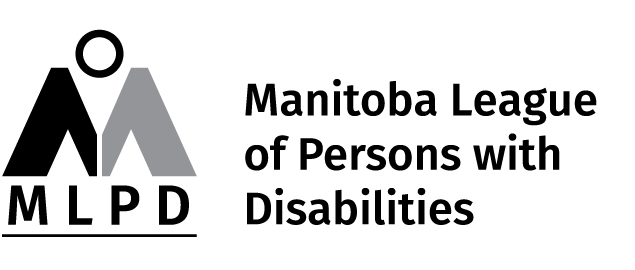Polling Locations
Most locations meet the necessary standards of accessibility. During elections, you can find out if your polling place meets your accessibility needs by:
- Entering your postal code in the Voter Information Service
- Calling Elections Canada at 1-800-463-6868 or 1-800-361-8935 (TTY)
- Checking your voter information card, which is mailed to every registered elector
For voters who are assigned an inaccessible polling station or face difficulties finding a polling station nearby, Elections Canada can help find alternative locations or offer other voting options.
To determine polling place suitability, Elections Canada evaluates potential locations based on three key principles: accessibility, proximity, and familiarity. If a polling place cannot fully meet accessibility criteria, Elections Canada works to mitigate any issues or provides alternative voting options, such as voting by mail or at another accessible location. This is the checklist that Elections Canada uses to determine polling place suitability.
Voting Tools
Elections Canada provides a variety of accessible voting tools and services to ensure that all electors can participate fully in the democratic process. Some of the available tools include ballots with large-print candidate names, Braille candidate lists, tactile and Braille voting templates, magnifiers, and large-grip pencils. Voters can also receive assistance marking their ballots from someone they know or an election worker. Voters can also bring their own pen or pencil. Signature guides and language or sign language interpretation services are available upon request in advance.
Elections Canada provides voter information in multiple formats. These include large print, Braille, audio CDs, captioning, ASL and LSQ videos, and translations in various Indigenous and ethnocultural languages.
For more information, see the Elections Canada page on accessibility tools and services available during an election.
Improving Accessibility
Elections Canada is dedicated to making the voting process as accessible as possible. They actively engage electors with disabilities through research and continuous improvements. In line with the Accessible Canada Act, which aims to eliminate barriers by 2040, Elections Canada has developed and implemented an Accessibility Plan to support full participation in the electoral process. This plan is updated regularly, with input from the Advisory Group for Disability Issues and other stakeholders, to ensure that progress is made and that accessibility needs are met.
Since its inception in 2014, the Advisory Group for Disability Issues has played a critical role in advising Elections Canada on the best ways to support electors with disabilities. Through this group, Elections Canada has improved communication and developed programs that ensure elections are accessible to all. The Inspire Democracy program works with various community leaders and organizations to address barriers to voting for priority groups, including First Nations, Métis, and Inuit electors, people with disabilities, youth, and new Canadians.
Elections Canada deploys over 2,000 community relations officers across the country, including officers focused on accessibility. These officers help improve election awareness, provide information about registration and voting, and ensure that polling stations meet accessibility standards. They also support resolving accessibility issues that may arise on polling days and assist in collecting feedback on accessibility for future elections.
Elections Canada also conducts a Voter Information Campaign to ensure Canadians are well-informed about how to register and vote, highlighting accessible tools and services. This campaign is tested with focus groups, including those with disabilities, and its materials are available in accessible formats to meet the diverse needs of the electorate. The ongoing expansion of these accessible formats reflects Elections Canada’s commitment to inclusivity and ensuring all Canadians can participate in the democratic process.
This article was created as part of MLPD’s partnership project with Elections Canada.
